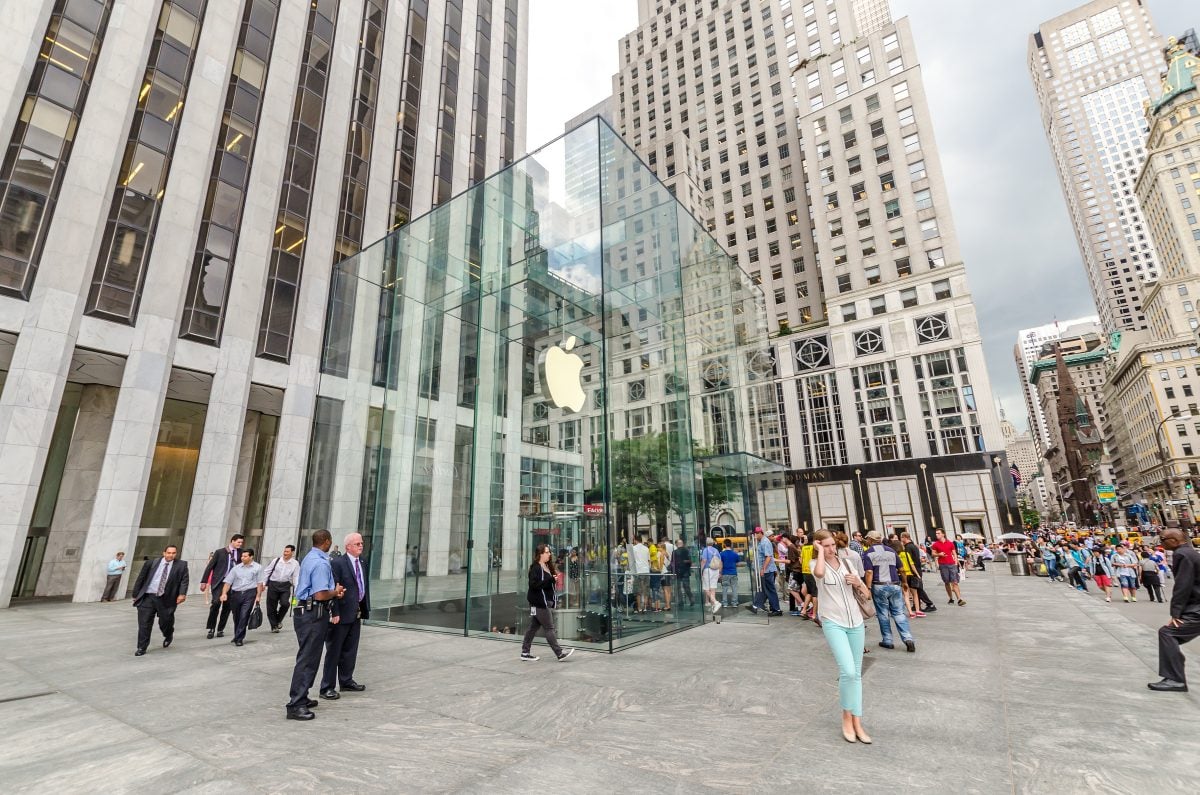New York City’s 1961 zoning ordinance granted property owners specified floor-area bonuses for creating publicly accessible street-floor plazas and arcades. Over the years, the requirements for Privately Owned Public Spaces (POPS) have been refined to provide greater design quality and more comfortable elements.
In 2007, all previous design regulations for outdoor POPS were updated and consolidated into one outdoor plaza designation: the public plaza. The 2007 changes focused on the design and construction of unique, engaging outdoor spaces with seating and plantings, resulting in an inviting, attractive and well-used public space. Further edits were made in June 2009 to clarify the approval processes for kiosks and cafes and for design changes to existing plazas.
POPS are distinguished from other open areas on private properties in that their creation is directly tied to the development of adjacent buildings, which are eligible to receive an increase in permitted floor area beyond the normal maximum, in exchange for the creation of the public space. They are traditionally available in medium- to high-density commercial districts and high-density residential districts in the Bronx (Community District 4), Brooklyn (Community District 2), Manhattan (Community Districts 1-6, 8, 10-12) and Queens (Community Districts 2 and 12). Districts permitting plaza bonuses are not present in Staten Island.
In certain districts, including Midtown and Hudson Yards, the bonus plaza regulations are expanded to encourage additional public spaces, while others, such as in Long Island City and Lower Manhattan, have further restrictions. In other unique districts, such as West Chelsea, bonus plazas are prohibited but existing bonus plaza standards apply to non-bonus open areas on zoning lots.
Because the calculations differ by each community district, please consult a Milrose code and zoning analyst to best ascertain potential Floor Area Ratio (FAR) contributions.
In addition to public plazas, New York City’s zoning resolution offers additional incentives for visual or performing arts spaces, subway improvements, theatre preservation, FRESH food stores and affordable housing.








